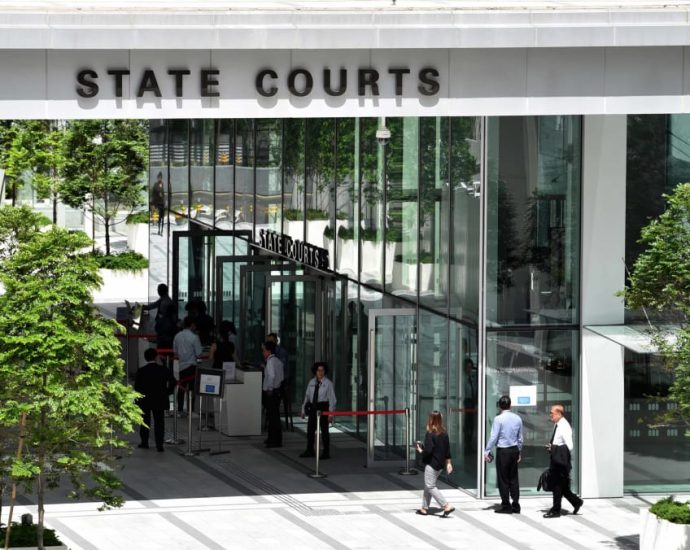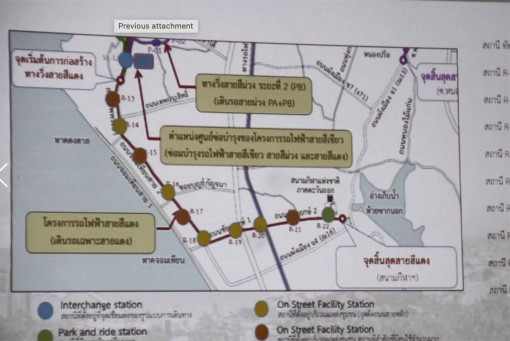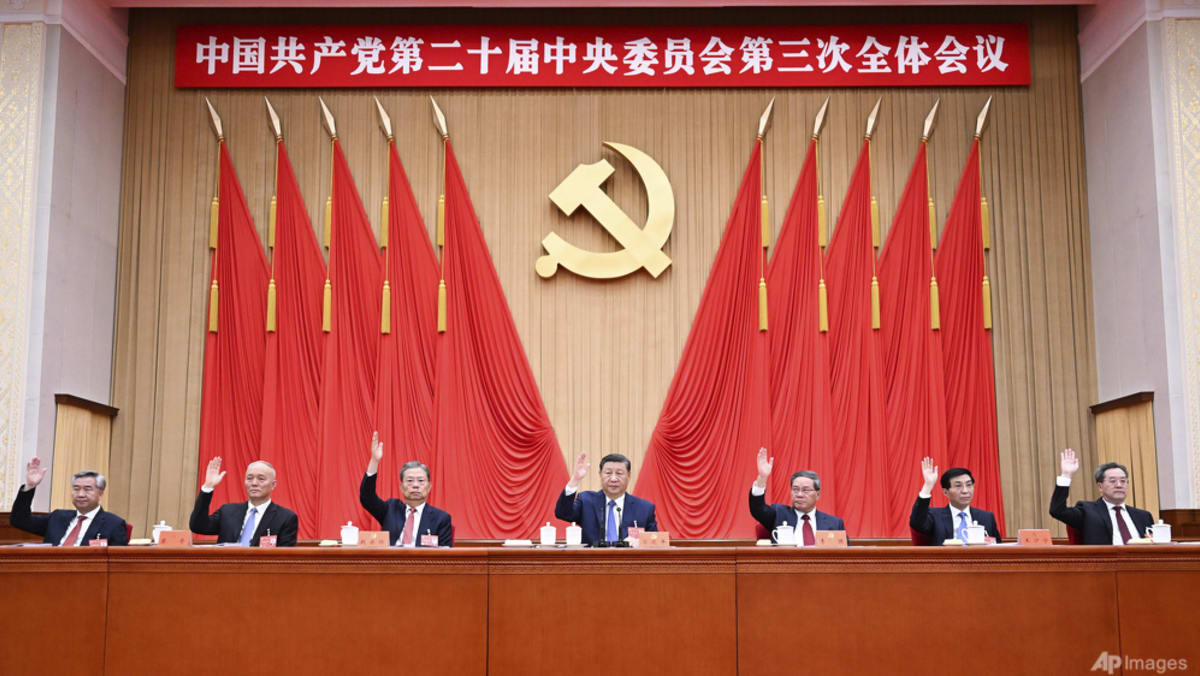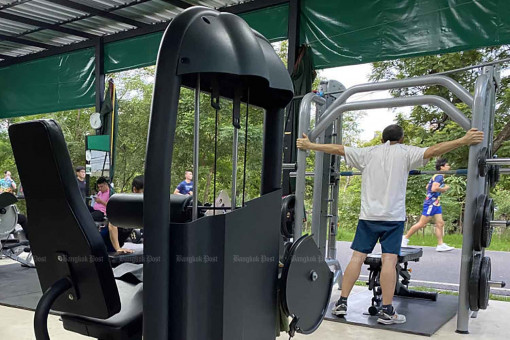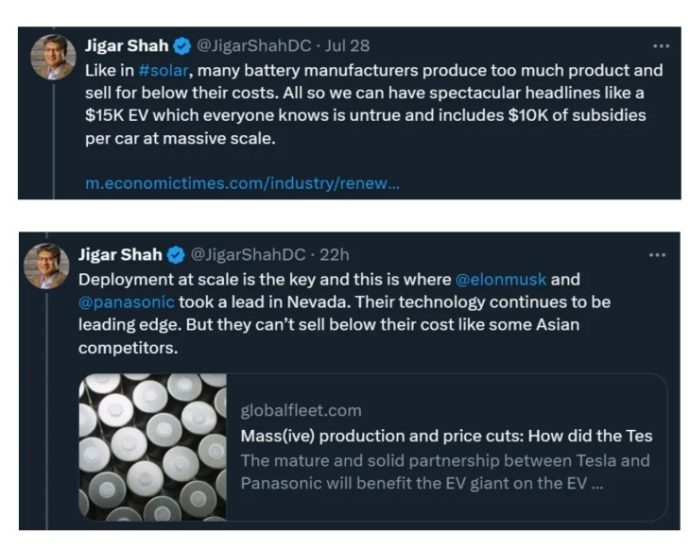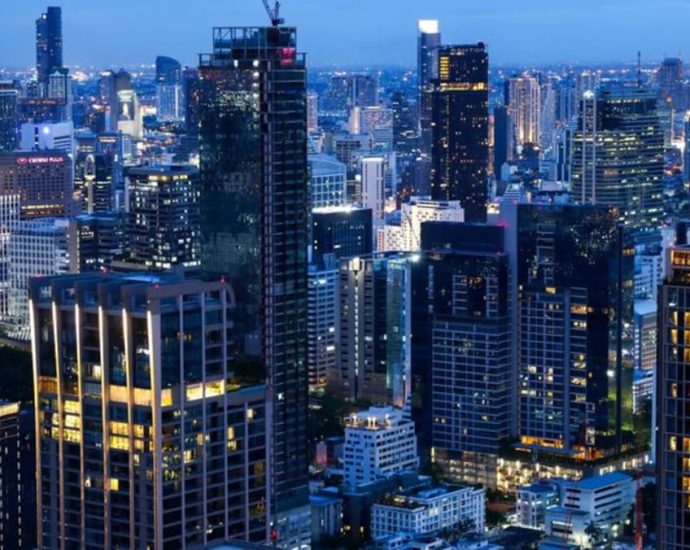CelcomDigi submits proposal to be choice for building Malaysia’s 2nd 5G network
- 18k 5G-ready towers across Malaysia, most modern digital network by end 2024
- Ready to accelerate country’s transformation into a 5G-AI powered digital society

CelcomDigi Bhd has submitted its proposal for the deployment of Malaysia’s second 5G network to the Malaysian Communications and Multimedia Commission (MCMC) this morning.
 Idham Nawawi (pic), CelcomDigi’s CEO said, “The country is in prime position to be a regional leader in both 5G and AI development. CelcomDigi’s proposal sets out to build the most advanced 5G network to realise this ambition and accelerate widespread adoption for consumers and enterprises. We have an opportunity to capitalise and build on the existing solid infrastructure, financial strength and robust ecosystem that we have invested in. We believe that we have submitted a compelling case to deploy Malaysia’s second 5G network – either alone or in partnership with others – towards ensuring a thriving 5G ecosystem built for the nation, with the rakyat in mind.”
Idham Nawawi (pic), CelcomDigi’s CEO said, “The country is in prime position to be a regional leader in both 5G and AI development. CelcomDigi’s proposal sets out to build the most advanced 5G network to realise this ambition and accelerate widespread adoption for consumers and enterprises. We have an opportunity to capitalise and build on the existing solid infrastructure, financial strength and robust ecosystem that we have invested in. We believe that we have submitted a compelling case to deploy Malaysia’s second 5G network – either alone or in partnership with others – towards ensuring a thriving 5G ecosystem built for the nation, with the rakyat in mind.”

Best choice to build Malaysia’s second 5G network
CelcomDigi said it presents a strong resume for its ability to accelerate 5G and AI for all Malaysians by delivering the most affordable, fast, and efficient rollout of the country’s second 5G network. The company has a solid track record of over 30 years in rolling out mobile infrastructure projects efficiently and at scale. It operates the widest, most-modern 4G network in the country – now ready for 5G activation, supported by a highly competent engineering team, extensive supply chain, and the biggest network of tower and infrastructure companies to facilitate an expedient deployment of a world-class 5G network for Malaysia.
By end 2024, more than two-thirds of the company’s network will be modernised, making it the largest and most modern digital network in the country, it said. The 18,000-site strong 5G-ready network is primed to enable fast deployment of 5G and 5G-Advanced technology across its wide footprint.
To ensure millions of Malaysians benefit from the power of 5G and AI, the company has doubled down on efforts to enable the nation’s transformation into a 5G-AI powered digital society through the development of its 4G/5G product portfolio in the market and industrial-grade solutions.
The company is leveraging its growing ecosystem of global and local technology partners, and knowledge transfer from its shareholders Axiata and Telenor to drive rapid innovation of new emerging technology solutions for consumers and enterprises.
It also recently launched its CelcomDigi AI Experience Centre (AiX) – a one-stop immersive innovation and collaboration hub to lead, inspire, and advance the creation of world-class digital solutions across a range of sectors and verticals.


